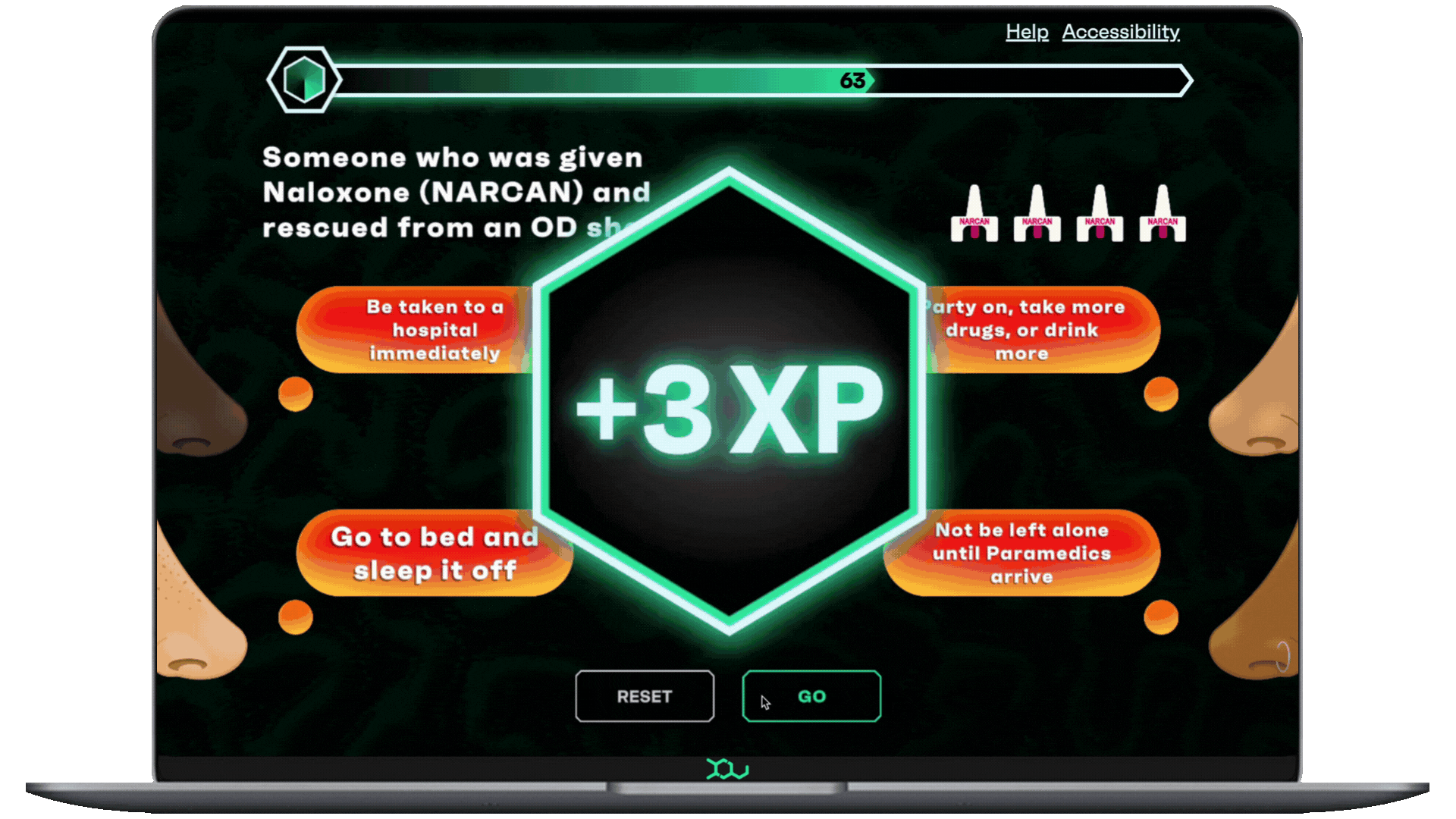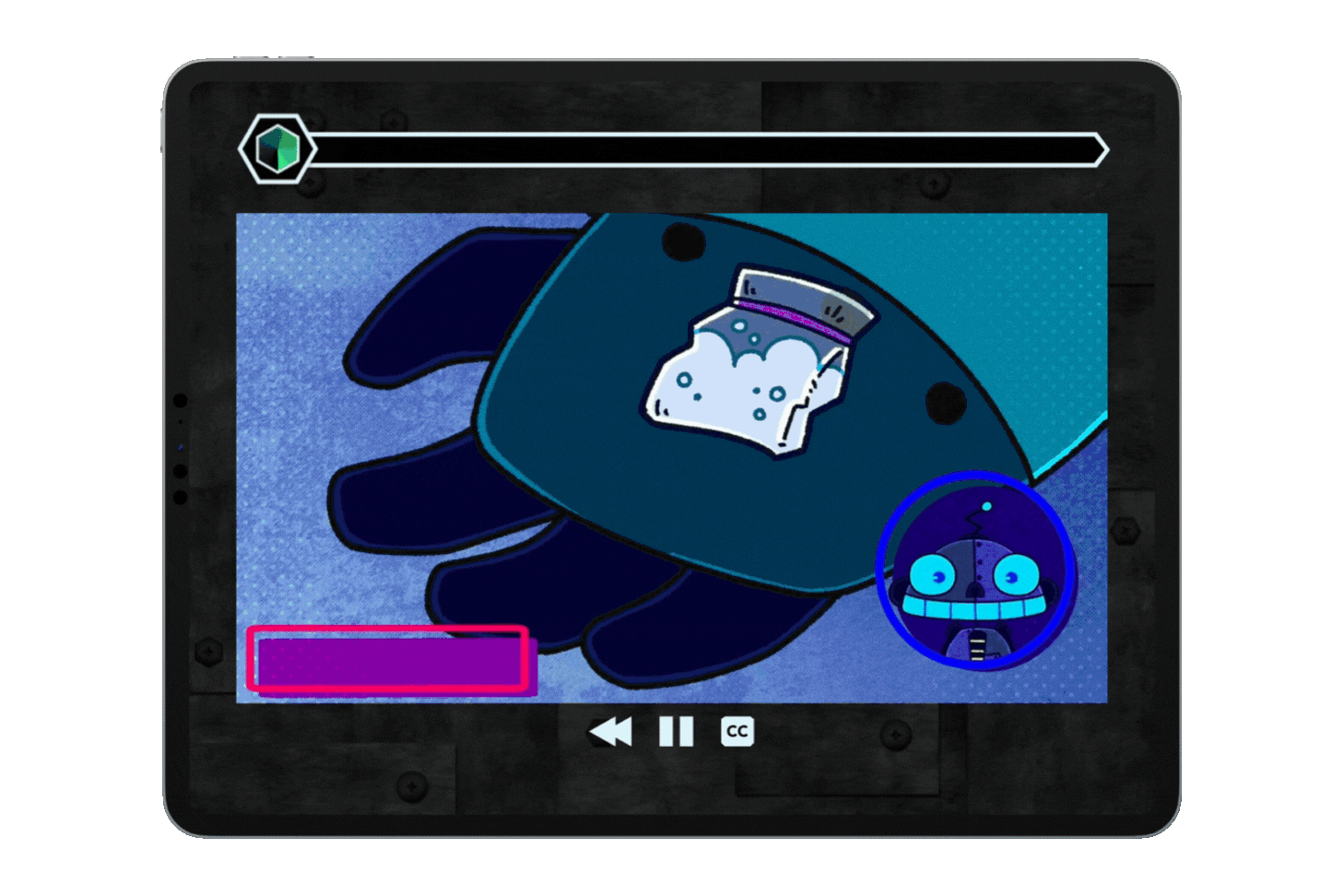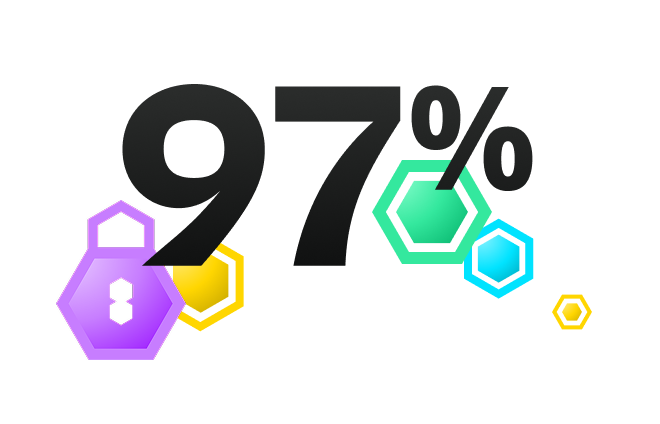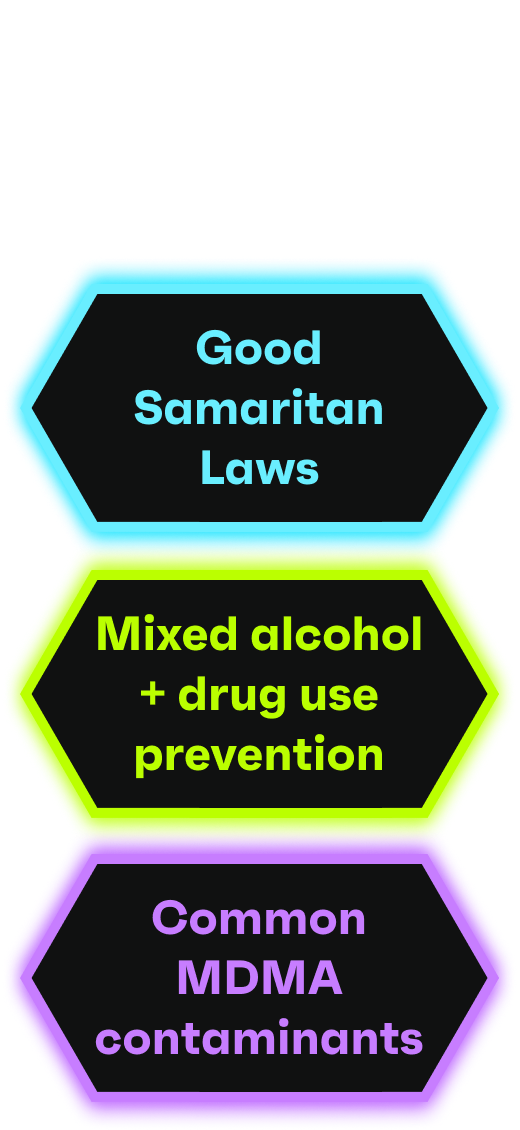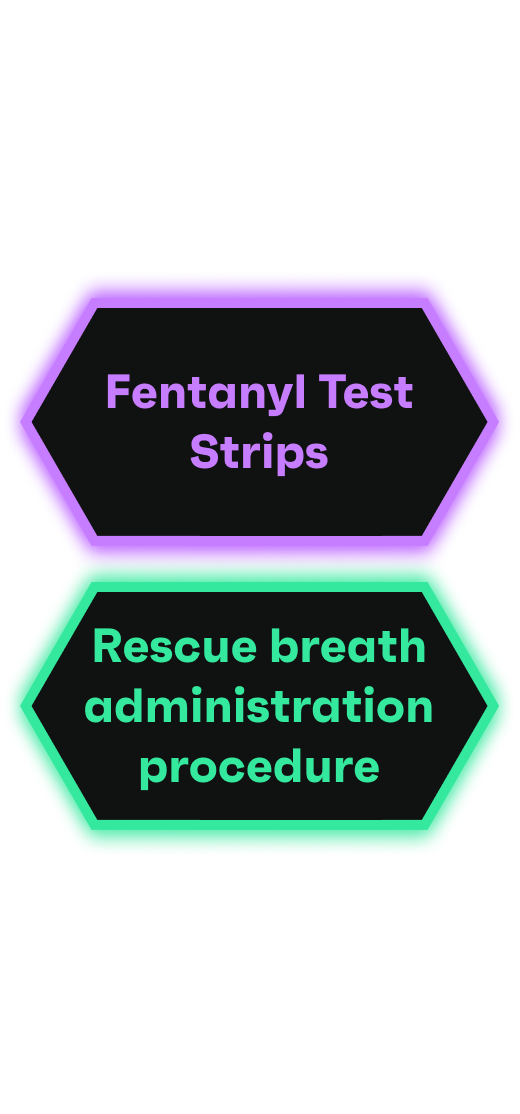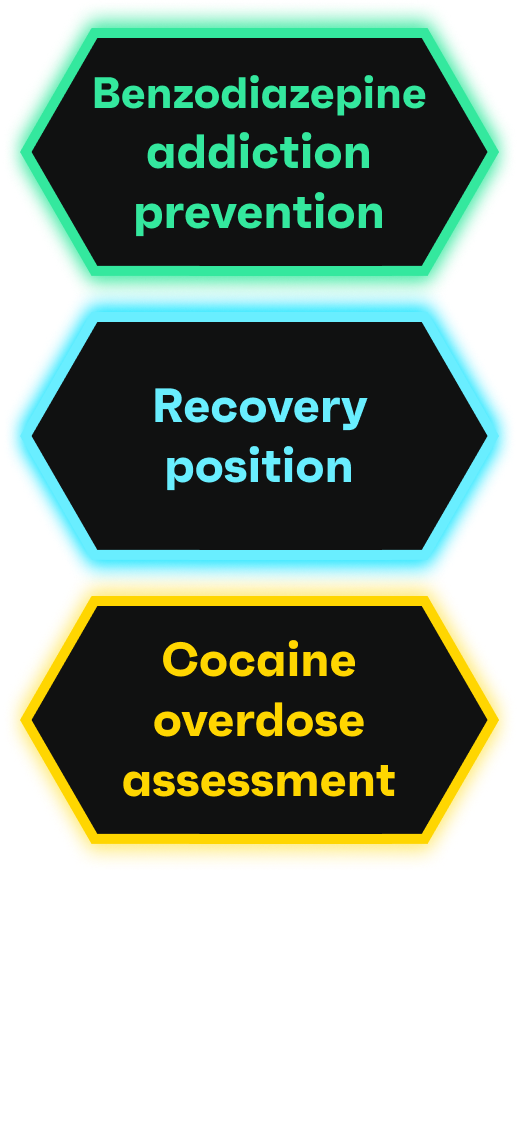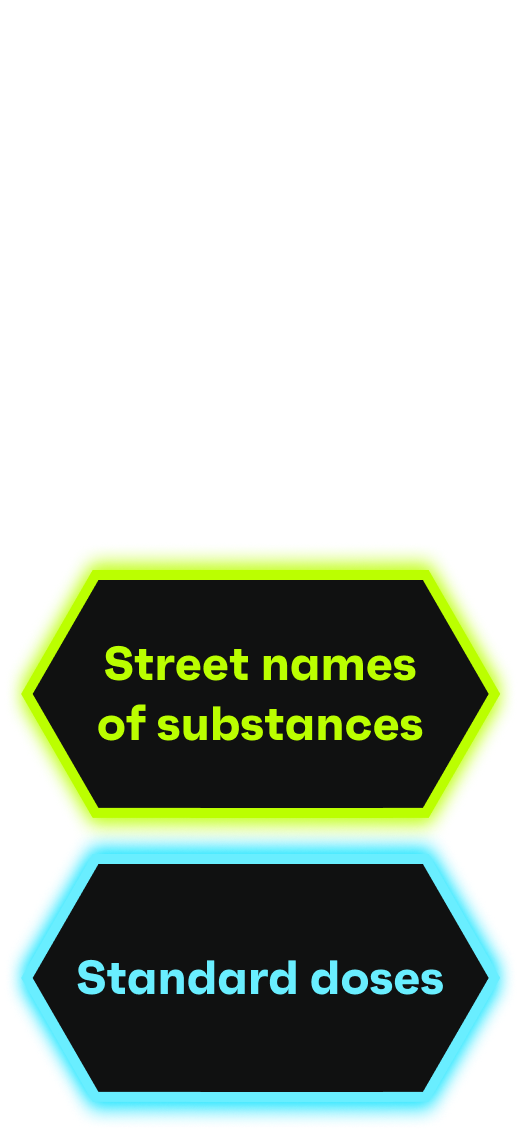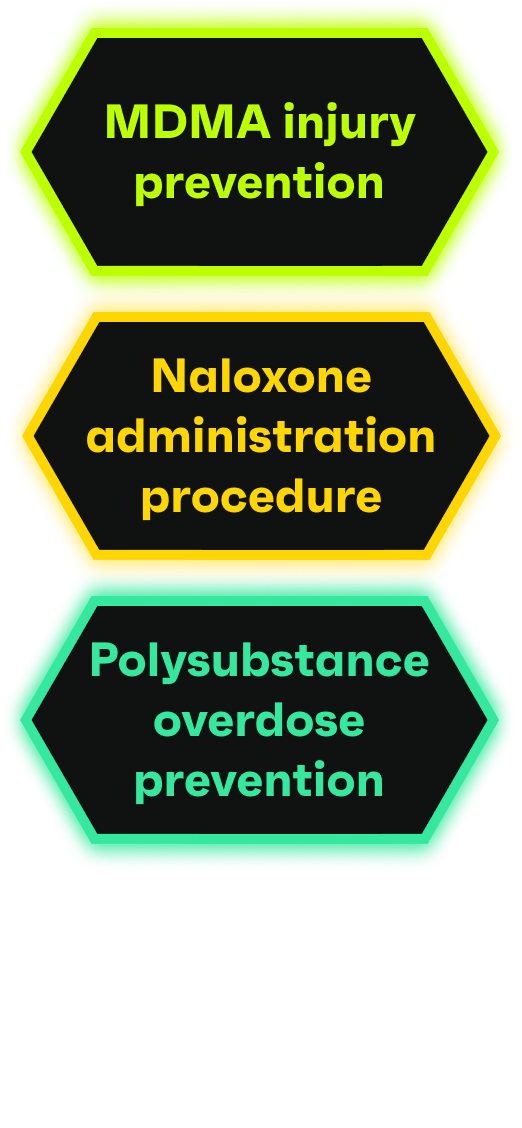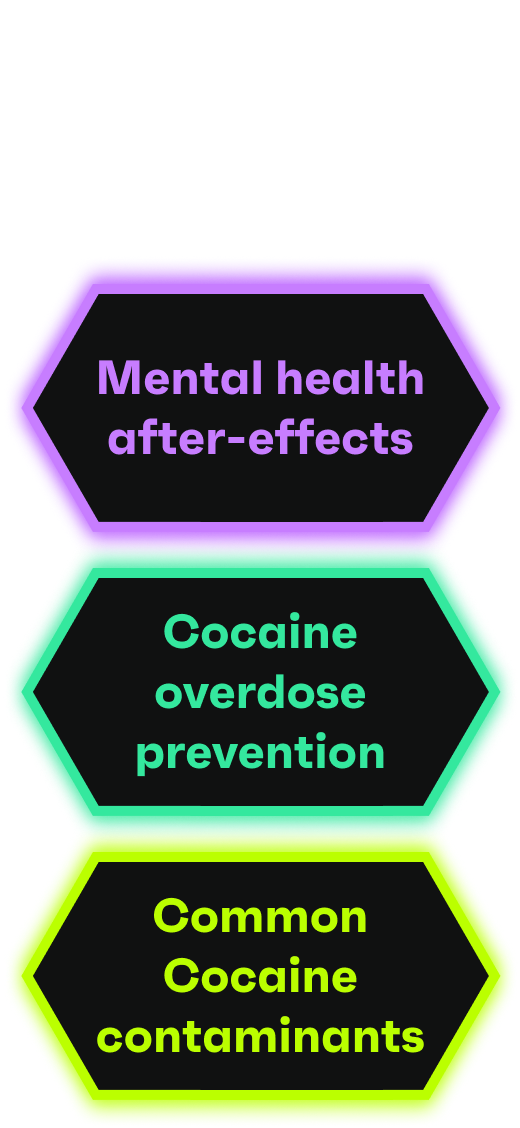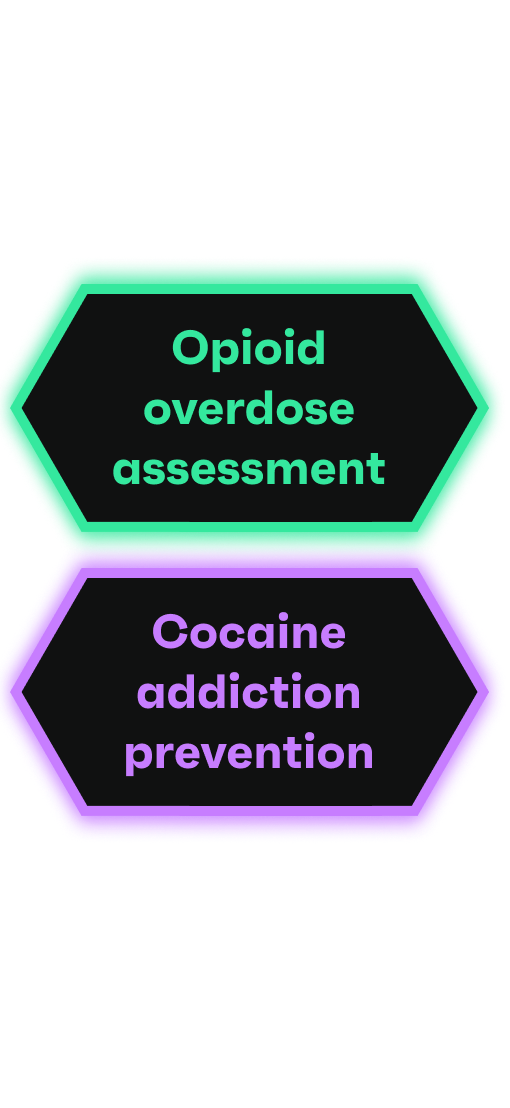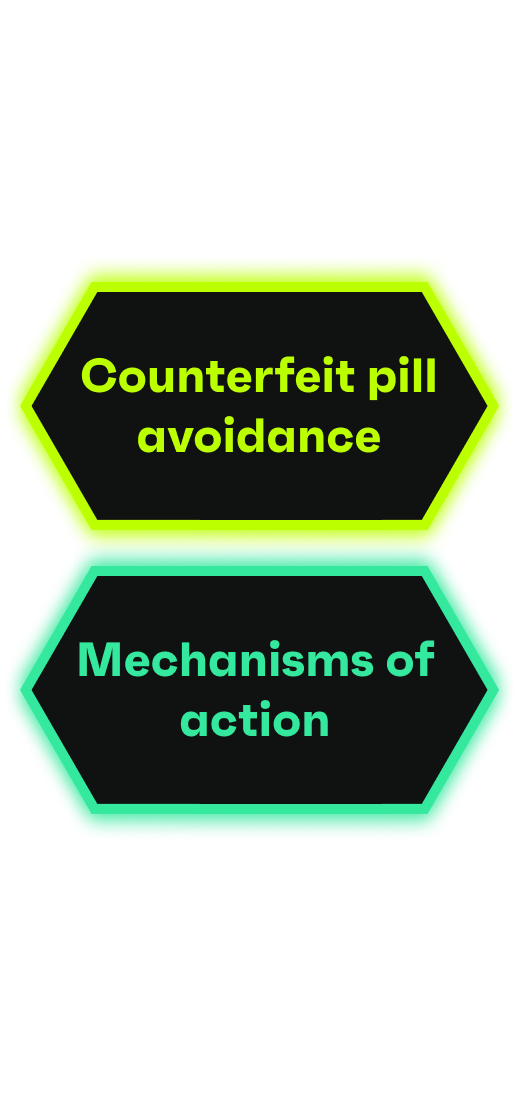
PARENTING DOESN’T COME WITH A DRUG SAFETY MANUAL -
NOW, YOU HAVE BACKUP.
Overdose Prevention Portal

Equip young adults with life-saving skills — no lectures, just evidence-backed, game-based learning
$25 | 12 months access | Certification
TRUSTED BY

4 Levels — dozens of risk factors targeted
-
► Examine the subjective and physiological effects of Cocaine use.
► Understand the after-effects of Cocaine + its impact on mental health.
► Define how stimulant dependency develops + tools for prevention.
► Drive awareness of fentanyl, methamphetamine, and other common contaminants.
► Recognize high-risk outcomes of combining Cocaine use with alcohol.
-
► Examine the subjective and physiological effects of benzodiazepine use.
► Understand after-effects of benzodiazepines + impact on mental health.
► Define how depressant dependency develops + tools for prevention.
► Drive awareness of counterfeit prescription pills and fentanyl contamination.
► Recognize high-risk outcomes of combining benzodiazepine use with alcohol.
-
► Examine the subjective and physiological effects of MDMA (Molly / Ecstasy) use.
► Understand the after-effects of MDMA + its impact on mental health.
► Develop skills for sexual assault prevention + bystander intervention.
► Drive awareness of fentanyl, methamphetamine, and other common contaminants.
► Recognize high-risk outcomes of combining MDMA use with alcohol.
-
The synthetic opioid Fentanyl is now implicated in more than ¾ teen overdose deaths in the US.
► Develop hands-on skills to identify the signs of an opioid overdose
► Recognize when to call for help + protections under Good Samaritan Laws
► Learn to administer nasal naloxone + how it works to reverse an opioid overdose
► Identify when naloxone may not be effective + navigate these scenarios effectively
► Lead the overdose victim and fellow bystanders in reestablishing safety
The substance use protection Portal for every young adult.
preferred DopaGE over any previous substance use education they received.
of learners felt confident in using knowledge gained through DopaGE training to make safe decisions if offered illicit substances in a social setting.
of learners felt confident in their ability to respond to an active overdose after DopaGE training.
What learners are saying —
“It was like a story-driven video game where you have to watch scenarios, interact with what you've learned, and then apply it right away. The visuals and presentation were absolutely stunning.”
Lainey, 21, California

- more from our learners
GIVE YOUR FAMILY PEACE OF MIND
$25 one-time payment
12 months of access | Certificate included | No subscriptions
One payment, lasting protection. DopaGE training is developed for lasting retention, so once your teen or young adult earns their certificate, they stay equipped in their safety.
1 YEAR ACCESS TO EVIDENCE-BASED, EXPERT LED, GAMIFIED SUBSTANCE USE EDUCATION + OVERDOSE PREVENTION TRAINING
Get your teen or young adult started in 5 minutes:
HOW IT WORKS
Purchase for $25 💳 You will provide your young adult’s email address at checkout.
They receive instant access 📧 DopaGE sends them login credentials via email.
They create their password and begin 🎮 Training can be completed in one or multiple sessions
Questions? See our FAQ below for more information.
FAQ
-
Your teen or young adult can get access to the DopaGE Prevention Portal in the next 5 minutes when you follow these steps:
When you click the “Get DopaGE for My Family” button you will be directed to check out and complete your purchase. This is where you will provide your young adult’s email address to sign them up.
Your teen or young adult will automatically receive an email from DopaGE notifying them that they now have access to the DopaGE Portal.
Your teen or young adult will click the button included in the email to guide them to the Portal where they will create their password and sign in for the first time.
Your teen or young adult completes the training at their own pace, over 1 or multiple sessions, until they earn their Certification in Overdose Prevention and Response.
To log in at any time, your teen or young adult can also come here and click the “Learner Log In” option under the “For Families” menu item above. Alternatively, they can go right to https://train.dopa.ge/ to log in at any time.
-
Learners have access to the DopaGE Training Portal for 12 months from the date of purchase.
Throughout this time, students have access to all of the primary learning materials, in addition to:
the DopaGE Good Samaritan Law database for all US states and Canada
instructions on how to use Fentanyl Test Strips
How to safely dispose of a Fentanyl-contaminated substance
Access to their Certificate of Achievement
Review of all primary learning materials after achieving course completion
-
The DopaGE Training Portal takes approximately 60 minutes to complete and can be finished in a single session or multiple based on the learner’s preference.
The Portal uses computerized adaptive testing technology that adjusts to each student's learning pace and understanding. Students who stay focused and engaged can move through the materials efficiently, while those who need more time with certain concepts receive additional practice and review.
To ensure students actually learn the material (rather than just clicking through), the system requires active participation. The training pauses if students navigate away from the content, and students must demonstrate they understand key concepts before moving to the next level. This ensures that every student who completes their training has absorbed the life-saving information.
Students who pay attention throughout the training will finish within the 60-minute timeframe, while those who get distracted or need extra review may require additional time. Upon successful completion, students receive a Certificate of Achievement that confirms they have mastered essential safety knowledge to prevent, recognize, and respond to overdoses.
-
The DopaGE Prevention Portal does not encourage substance use, nor does it directly state “don’t do drugs,” “just say no,” or similar abstinence-only messaging that longitudinal studies have shown to be ineffective.
The learning materials include portrayals of characters using substances for the purpose of demonstrating the physical and psychological effects during and after use. These characters are non-human so as not to encourage substance use behaviors. By showing characters participating in use of substances and thoroughly describing the experience, the training supports learners in:
Developing specific defenses for themselves as to why they do not want to participate in substance use and creating meaningful protection against peer pressure.
Reducing the perception of novelty and sense of curiosity that young adults commonly report as a primary factor in their choice to experiment with substance use.
Learning evidence-based risk reduction practices they would need to use or support a friend in using in the event substance use experimentation does occur.
Understanding that, while substance use can be viewed as socially acceptable in some scenarios, social acceptance does not change the risks associated with substance use.
Our approach is grounded in peer-reviewed research demonstrating that comprehensive education—including accurate information about both risks and safety practices—is more effective at preventing substance-related consequences than abstinence-only programs. This methodology uses realistic education as a tool for both deterrence and risk prevention.
All learning materials are based on peer-reviewed, journal-published literature and data from authoritative government sources including the Drug Enforcement Administration (DEA). Content is apolitical and designed to be inclusive of learners from all backgrounds.
-
Our training is built from peer-reviewed research and government sources, with all content reviewed by our Clinical Board of medical professionals. The interactive scenarios are developed through collaboration between clinical experts, our creative team, and our game engineers — with multiple validation stages to ensure maximum accuracy and engagement.
Dive deeper into our process HERE -
DopaGE training is designed for computers and tablets to optimize learning effectiveness for this critical safety education.
Research demonstrates that focused attention is a requirement for retaining learned information. Mobile phones generate significantly more notifications and interruptions than computers or tablets, creating an environment that undermines the concentrated attention necessary for mastering essential safety concepts that prevent major harms and save lives.
The DopaGE Training Portal is designed to maximize learning outcomes in a distraction-minimized environment. On computers and tablets, we employ technology that prevents multitasking during training sessions, ensuring learners can focus fully on the interactive scenarios and safety protocols without the constant interruptions that characterize mobile phone use.
-
The DopaGE Portal focuses on substances that pose the greatest real-world threat to young adults—those with both high harm potential and high probability of encounter, including cocaine, MDMA, prescription benzodiazepines, illicit opioids, and alcohol. Training emphasizes fentanyl contamination risks and deterrence of polysubstance use, which represent the most significant preventable risk factors for this population.
Learn more about how we prioritize our training materials HERE.

